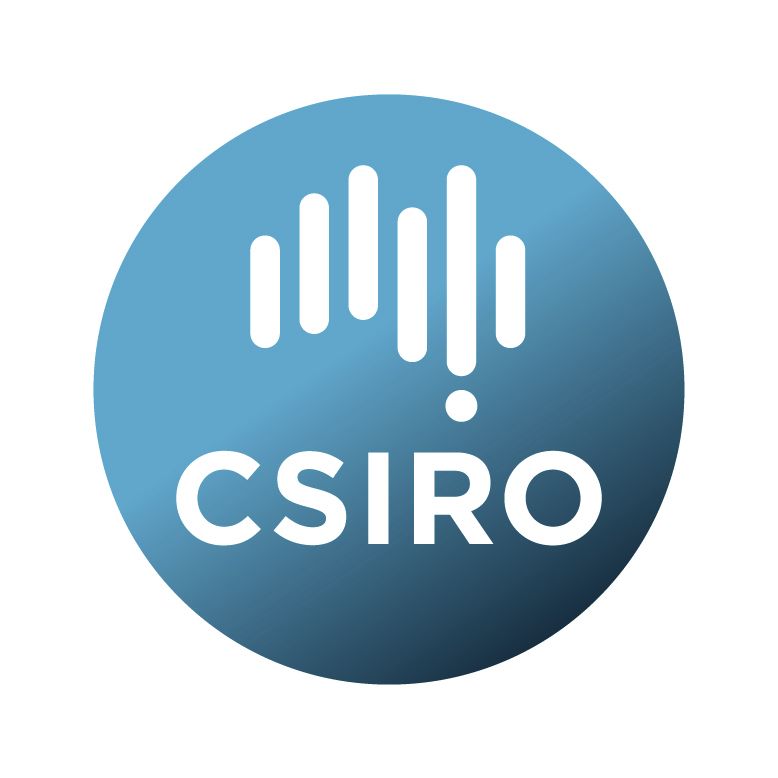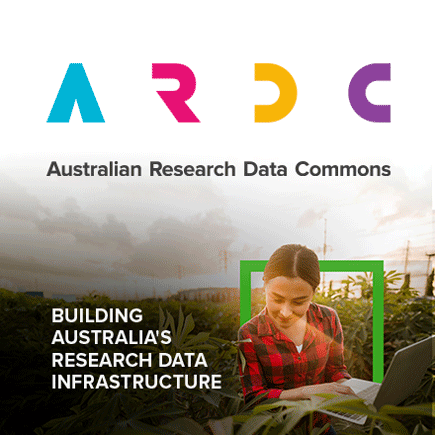Brief description
These gully mapping datasets were developed using an algorithm that exploits the topographic signature of gullies to map them across multiple scales. It uses high-resolution (~1 m) airborne LiDAR topography data to map gullies and areas susceptible to gully erosion. The LiDAR datasets used were collected as part of the Reef Trust Gully and Stream Bank Erosion Control Program and cover ~7 000 square kilometres of Great Barrier Reef catchments. For each catchment with suitable data two independent datasets (existing gullies and areas at risk of gullying) are available. These two independent datasets enable comparison between current and future potential gully erosion that may help to prioritise gully remediation works. The data format is GeoTIFF, compatible with most GIS software.Lineage: The input topography data was captured as part of the Reef Trust 3D Terrain Mapping Services project. The data are available on the Elvis - Elevation and Depth - Foundation Spatial Data data portal (including metadata for the LiDAR products used).
Processing of the data was done using the algorithm described in Walker et al. 2020 (https://doi.org/10.1016/j.geomorph.2020.107115).
Available: 2022-03-25
Data time period: 2018-01-01 to 2021-12-31
Subjects
Agricultural, Veterinary and Food Sciences |
Agricultural Land Management |
Agriculture, Land and Farm Management |
Earth Sciences |
Environmental Sciences |
Geomorphology and Earth Surface Processes |
Great Barrier Reef |
Land Capability and Soil Productivity |
LiDAR |
Physical Geography and Environmental Geoscience |
Soil Sciences |
erosion |
gully |
User Contributed Tags
Login to tag this record with meaningful keywords to make it easier to discover
Identifiers
- DOI : 10.25919/7DSJ-2R16

- Handle : 102.100.100/434287

- URL : data.csiro.au/collection/csiro:52249



